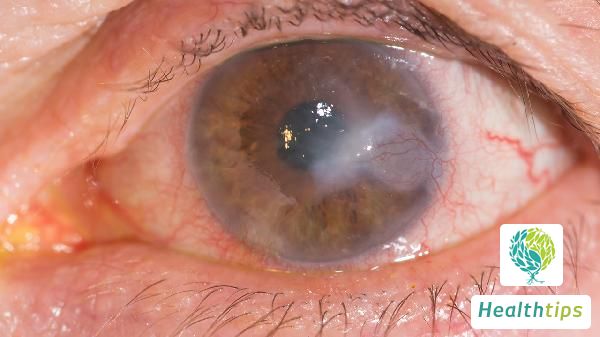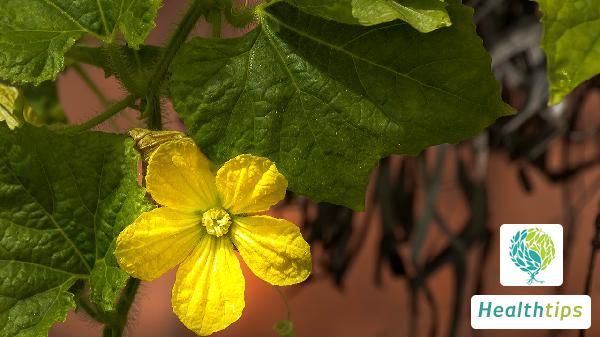"What Should I Do If I Experience Itching in My Vaginal Area During Pregnancy? Does It Affect the Fetus?"
Pregnancy-Related Itching in the Perineal Area
The term "below the pregnant woman" refers to the perineal area of a pregnant woman. Itching in this area may be indicative of conditions such as pseudo-condylomata acuminata, folliculitis, bacterial vaginosis, trichomoniasis, vulvovaginal candidiasis, and others. Treatment involves local hygiene care or medication under the guidance of a healthcare professional, depending on the underlying cause. Effective treatment within a short period generally poses no significant risk to the fetus, but untreated or worsening conditions may adversely affect the fetus.

Management of Itching in the Perineal Area During Pregnancy
Based on the cause of the itching, the following treatments can be administered under medical supervision:
- Pseudo-condylomata acuminata: If proper hygiene is not maintained in the perineal area, pinhead-like protrusions accompanied by itching may develop. Regular cleaning and keeping the area dry can gradually improve the condition without medication.
- Folliculitis: Bacterial infection of hair follicles in the perineal area causes folliculitis, presenting with redness, swelling, itching, and pain. Treatment may involve topical application of erythromycin ointment, fusidic acid cream, or levofloxacin ointment as prescribed.
- Bacterial vaginosis: Inflammation of the vaginal mucosa due to bacteria can cause grayish-yellow or grayish-white discharge, vaginal itching, and a fishy odor. Nitrofurantoin, ofloxacin capsules, or levofloxacin tablets may be prescribed.
- Trichomoniasis: Inflammation of the vaginal mucosa caused by trichomonads results in yellow foamy discharge, vaginal itching, and an unpleasant odor. Treatment includes metronidazole gel, tinidazole suppositories, or ornidazole suppositories as prescribed.
- Vulvovaginal candidiasis: Overgrowth of fungi in the vagina causes vaginal itching and white, clumpy discharge. Ketoconazole cream, clotrimazole suppositories, or miconazole nitrate cream may be used as prescribed.
Additionally, genital herpes, condyloma acuminata, and gonorrhea can also cause itching in the perineal area during pregnancy. Treatment should be tailored to the specific cause under the guidance of a specialist in obstetrics and gynecology.
Impact of Perineal Itching During Pregnancy on the Fetus
- No Significant Impact on the Fetus: When pregnant women receive timely and appropriate treatment for the aforementioned conditions under the guidance of a specialist, the pathogens are unlikely to have a significant impact on the fetus as the condition improves rapidly.
- Potential Impact on the Fetus: If these conditions are left untreated or worsen, pathogens can infiltrate the uterine cavity, potentially harming the fetus. Regular prenatal checkups are crucial for early detection and treatment, minimizing the risks to the fetus.



















